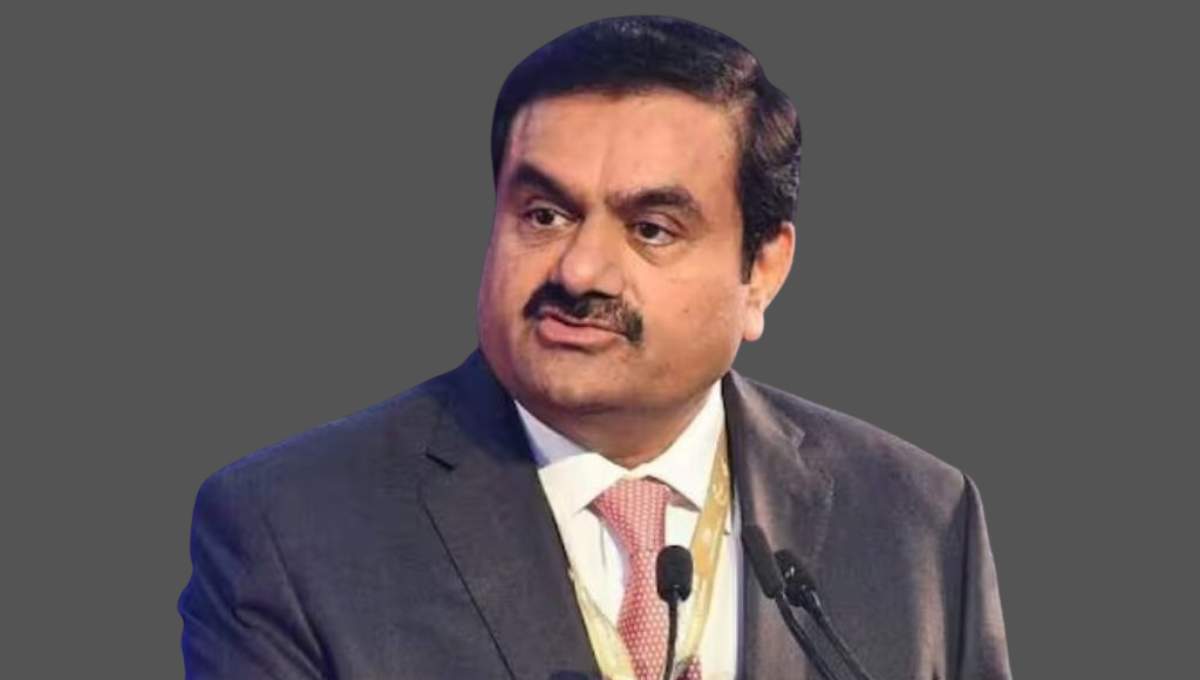Mumbai (PTI): “What doesn’t kill you, makes you stronger.” This age-old adage fits perfectly for Indian conglomerate Adani Group which faced an existential crisis following a damning report by a US short seller around the same time last year.
Flashback to January 24, 2023 when Hindenburg Research published a report alleging fraudulent transactions and share price manipulation by the port-to-energy group founded by Gautam Adani. What followed over the next few weeks almost threatened to sink the empire built by the first-gen entrepreneur over three decades.
As Hindenburg’s allegations of stock manipulation and accounting fraud triggered an intense selloff of group shares, Adani’s net worth halved from almost $120 billion to $60 billion in just a matter of few days.
Not just him, the contagion spread into the broader Indian markets as well which saw massive foreign portfolio outflows to the tune of $6-7 billion in this period.
Cut to present. The Adani Group has not just managed to avert the crisis, but has actually come out much stronger on the other side. From a massive $48 billion erosion in market value of its 7 listed entities in late Jan, the cumulative market cap now stands at $218 billion – far higher than $190 billion prior to Hindenburg’s damning report.
How did the group achieve such a remarkable turnaround? Chairman Gautam Adani answers it in an article penned to mark the first anniversary of Hindenburg episode. Titled ‘My learnings from the Hindenburg year’, Adani details how the group relied on transparency, liquidity and business fundamentals to counter the “power of lies”.
He writes, “Our biggest weapon in this war was adequate liquidity. To further strengthen our reserves of Rs 30,000 crore, we raised another Rs 40,000 crore…We raised this money by selling shares in our companies. Its buyers included giants like GQG Partners and QIA.”
The additional war-chest not only provided the group financial armour to prepay chunk of its debt, but also attracted more foreign investors – ADANIENT’s shareholder base swelled by 43% during the year, Adani reveals.
While admitting the crisis also highlighted the Adani group’s poor crisis outreach mechanism, the tycoon notes “very few people outside our finance community knew the scale and quality of work that the Adani Group is doing”.
Now to address it, he aims for stronger engagement. “This experience has emphasised the need to deal with them (stakeholders outside finance community) effectively,” Adani concludes.
With equity and credit markets reassured, growth engines refueled, overseas investor confidence restored and public communications reinforced – Adani Group has certainly emerged battle-hardened and future-ready from its tryst with destiny just a year ago.
